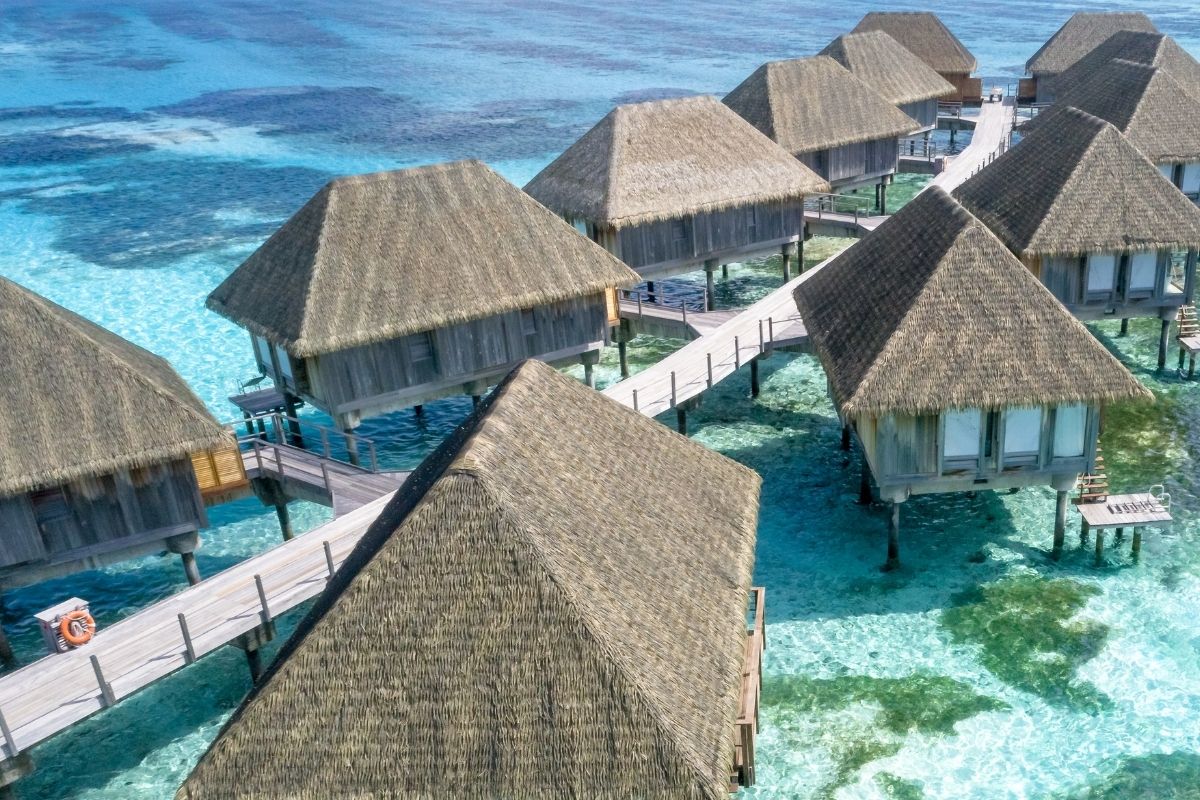Building A Successful Business: Case Study: AirBNB
Everyone knows Airbnb.
Founded in a one-bedroom San Francisco apartment, Airbnb is now valued at more than $22 billion.
The great opportunity for a hotel alternative was recognized by the Airbnb founders when they realized that San Francisco needed more hotel rooms. With insufficient availability, the founders believed that alternative accommodations should be available for anyone travelling, whether for business or for leisure.
The founders thought “Wouldn’t it be nice if people shared their homes with travelers? Wouldn’t it be nice if we had a platform, or a marketplace, for renters and travellers to meet?”. With these questions, Airbnb was born.
The founders started by creating a basic platform where people could post their couch or bedroom for rent to travellers coming to San Francisco at a busy time. They created a value proposition of alternative accommodations that were not only easy to book but also much cheaper than hotels. Over time, the experiential aspect was added with the notion of living like locals, staying with locals, and meeting locals. It was this experiential aspect that really helped Airbnb overall.
Starting in San Francisco, Airbnb eventually grew and expanded into other key American states, and eventually they achieved globalization and entered Europe and Asia. As Airbnb grew so did their offering, with different services, experiences, and attractions added to the platform. They also started hiring hospitality executives to train Airbnb employees and hosts on how to act and think so they could compete with hotels. This was one of their key differentiators. Now, Airbnb is regarded as one of the most well-known alternative accommodation platforms.
The key to Airbnb’s success? Persistency. The founders truly believed in their idea, and they never gave up pursing it. In the beginning, the founder’s received 150 rejection letters when seeking funding money. But these rejections never stopped them for pursuing their ideas, and eventually they received the funding. Persistency was their key to success.



